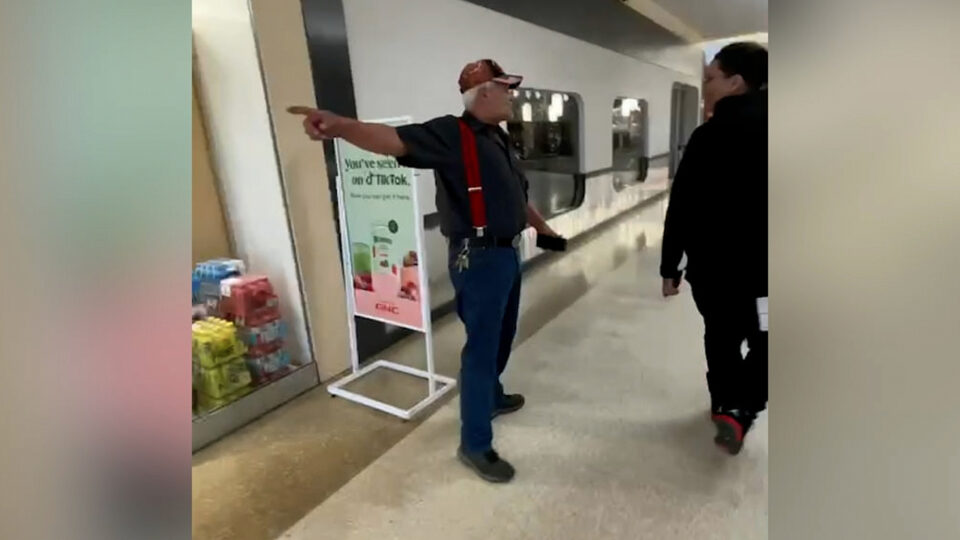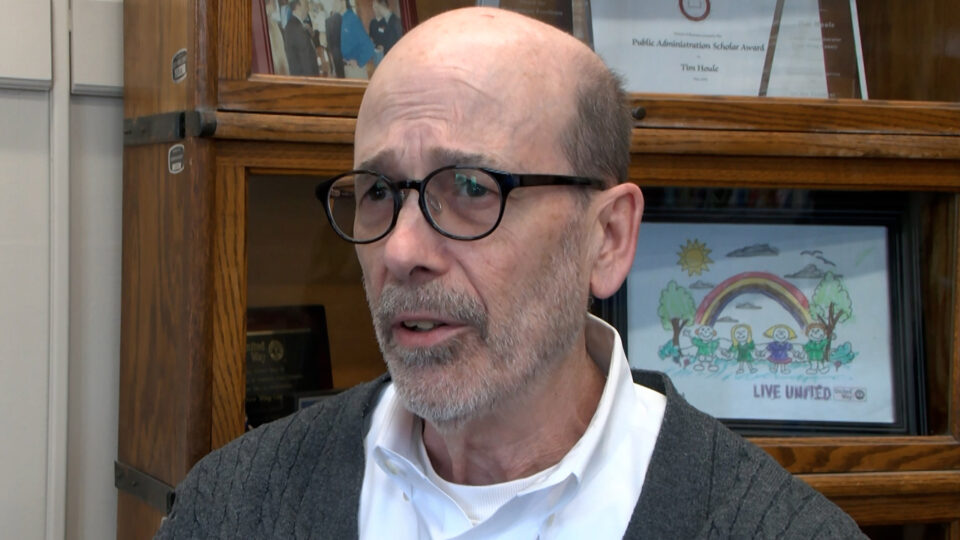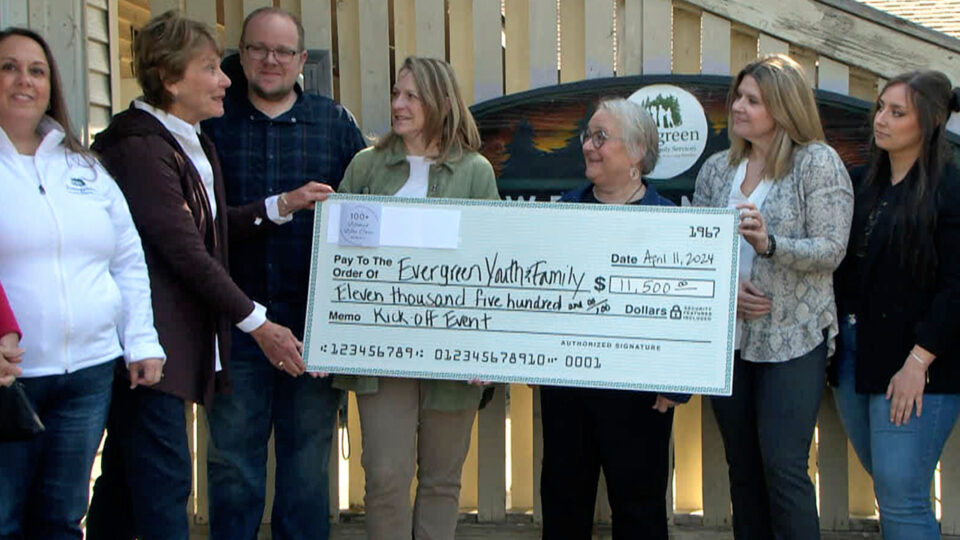Nov 1, 2016 | By: Mal Meyer
Hundreds March To Support Standing Rock Protests
Hundreds of protestors marched through Bemidji tonight to show support for the protest at the Standing Rock Reservation. The final permits for the Dakota Access Pipeline were issued in July by the Army Corps of Engineers, which sparked the protests.
About 300 protestors gathered in Library Park as a sign of support for Standing Rock. The protest in North Dakota has been described as the largest gathering of indigenous people ever.
“I think that this is kind of a turning point for indigenous people all over the world and they’re coming together to protect our land,” said Megan Treuer, an Anishinaabe tribe member.
One of the members of Standing Rock marched with the protestors through the town. She expressed frustration over the project and concern for what the pipeline could lead to.
“Everyone is always saying pipelines run our lives now, but that doesn’t mean add more to it,” said Malisci Sewa, a member of the Standing Rock tribe. “That does not mean continue adding more pipelines cause you think that’s ok.”
The protestors ended the march at Bemidji State University to hear from advocacy groups and community members.
“Our planet, what’s going on at Standing Rock, what’s going on with the native people- it’s bigger than any one of us. Obviously it’s touched everybody here and many others as well,” said BSU professor Dr. Anton Treuer.
The protestors at Standing Rock and here in Bemidji have expressed concern that if an oil spill were to occur that it could contaminate their water sources.
Last week, Enbridge officials met with local public safety agencies in Hubbard county to create a pipeline emergency plan. The county does not currently have a multi-agency plan should one of the five buried oil pipelines in Hubbard County burst.
“I touch basis with my emergency manager, but as far as on a large scale effort, no, we do not do a lot of that,” said Hubbard County Sherrif Cory Aukes.
Motions filed during the Line 3 regulatory process cite the Kalamazoo River oil spill, which was not responded to for at least 17 hours after the pipeline had burst.
“Line 3, if it’s approved and goes ahead, it gets pressure transmitters on each side of the valve, which legacy pipelines don’t have that in every position yet,” said John Pechin, Enbridge’s Superior Region Area Manager.
Enbridge representatives say they’ve held five similar gatherings this year.
“We’re trying to touch out to a broader audience to build a larger knowledge base on how to respond,” Pechin added.
Homeland Security, Greater Northwest EMS and the Northwest Hospital Coalition partnered with Enbridge to hold the workshop.







